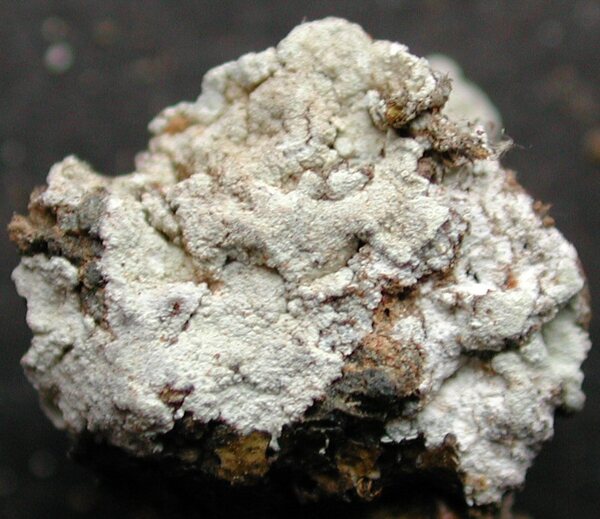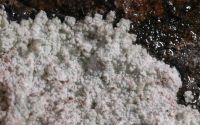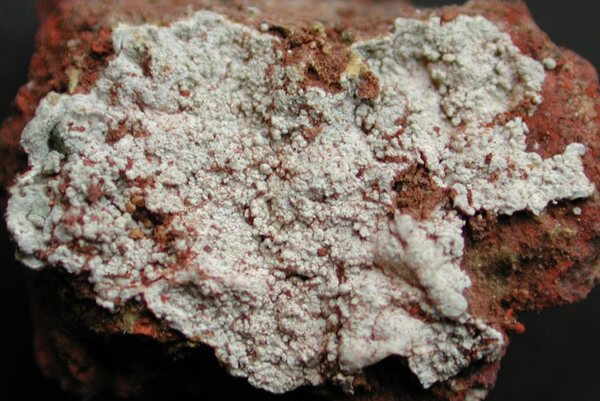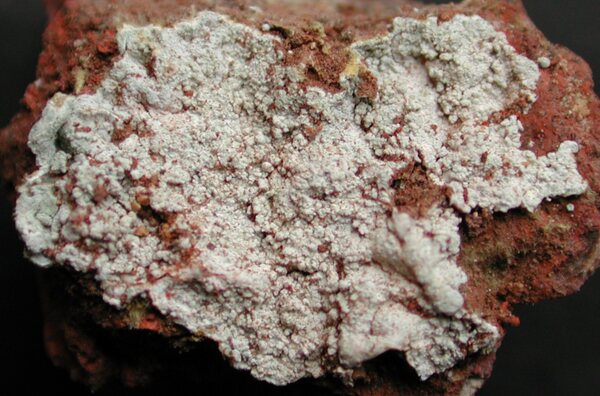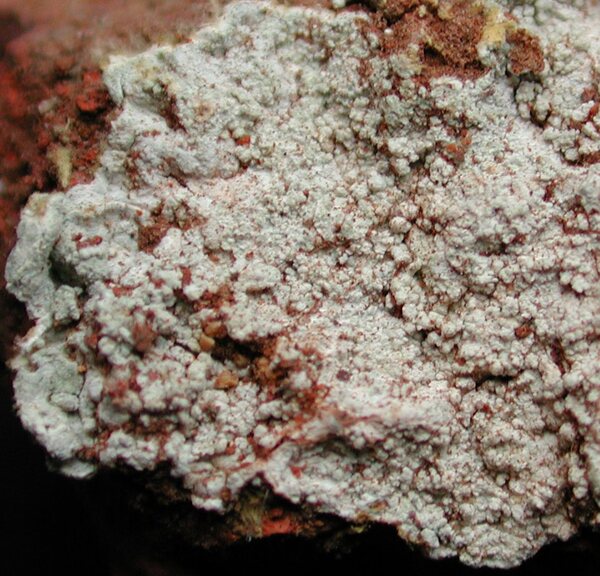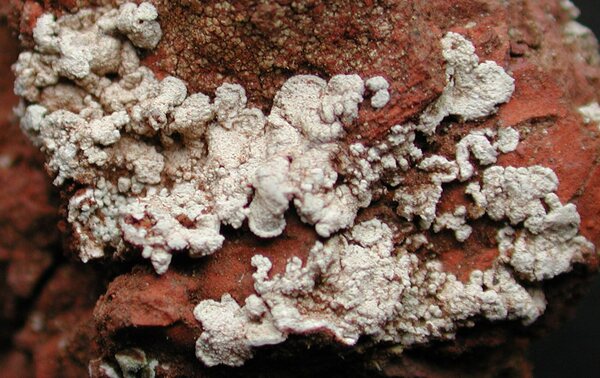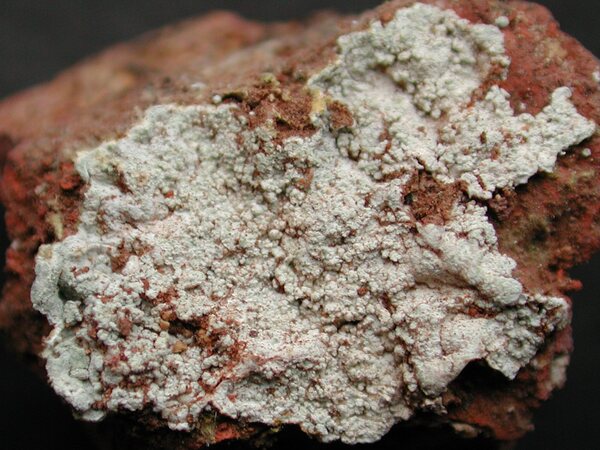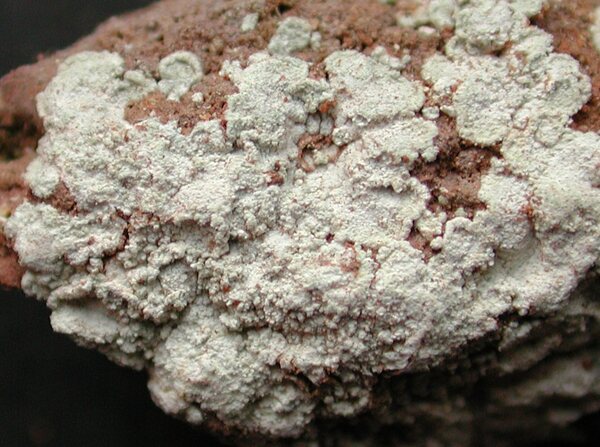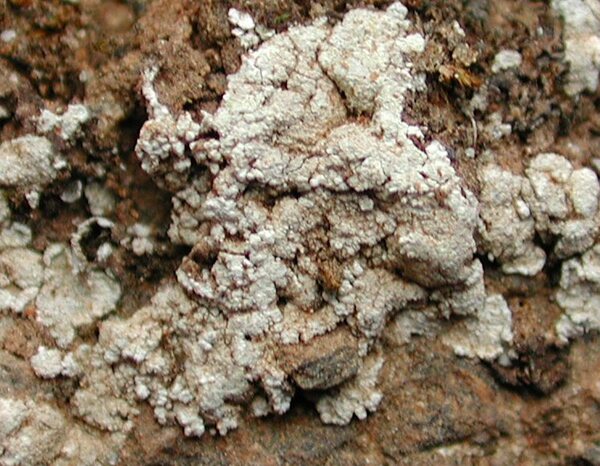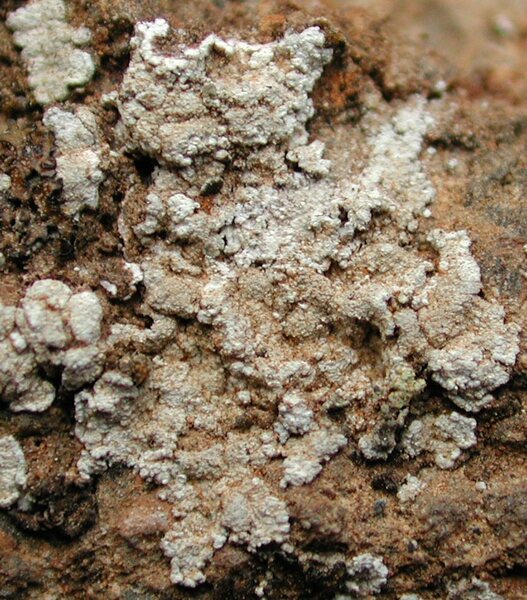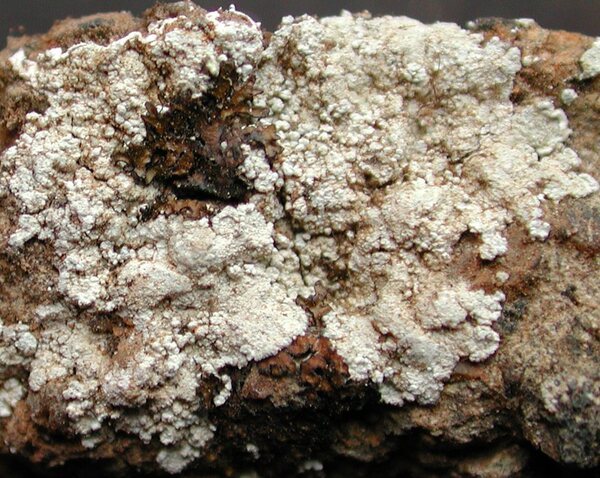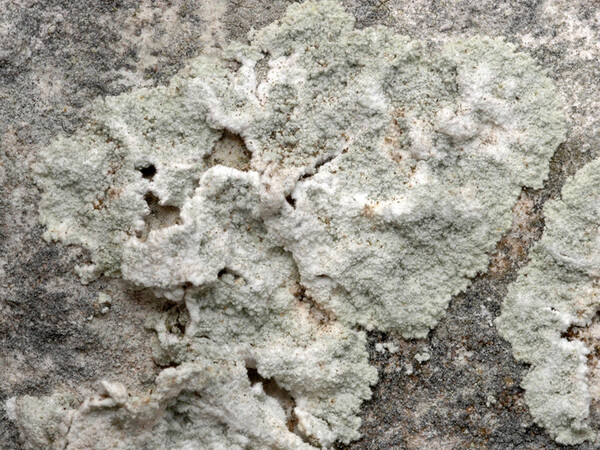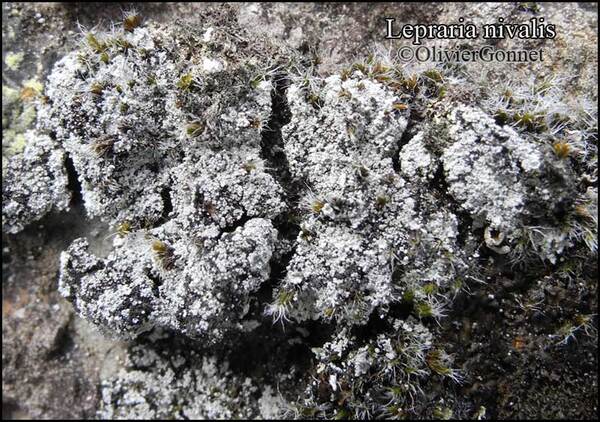Lepraria nivalis J.R. Laundon
Lichenologist, 24: 327, 1992.
Synonyms: Crocynia murorum B. de Lesd.; Lepraria crassissima auct. p.p. non (Hue) Lettau
Distribution: N - VG (Baruffo & al. 2006), Frl (Baruffo & al. 2006), TAA (Baruffo & al. 2006, Nascimbene 2008b), Lomb (Ravera & al. 2018b), Lig (Baruffo & al. 2006, Giordani & al. 2016, 2025). C - Tosc (Baruffo & al. 2006), Umb (Genovesi & al. 2001, Baruffo & al. 2006, Ravera & al. 2006, Panfili 2007), Marc (Nimis & Tretiach 1999, Baruffo & al. 2006), Laz (Baruffo & al. 2006), Abr (Nimis & Tretiach 1999, Baruffo & al. 2006, Tretiach & al. 2009, Gheza & al. 2021), Sar (Zedda 2000a, 2002, 2002b, Zedda & al. 2001, Leuckert & al. 2004, Baruffo & al. 2006, Cossu 2013). S - Camp (Herb. Seaward 106.072, Aprile & al. 2003b, Nimis & Tretiach 2004, Baruffo & al. 2006), Pugl (Leuckert & al. 2004), Cal (Puntillo 1996, Baruffo & al. 2006), Si (Nimis & al. 1994, Ottonello & Salone 1994, Ottonello & al. 1994, 2011, Ottonello 1996, Ottonello & Romano 1997, Grillo & Caniglia 2004, 2005, 2006, Leuckert & al. 2004, Baruffo & al. 2006, Grillo & Cataldo 2008, 2008b, Grillo & al. 2009, Liistro & Cataldo 2011).
Description: Thallus leprose, soft and cottony, cream-coloured, whitish or greenish white, sharply delimited, forming orbicular rosettes at least when young, sometimes almost sublobate, the upper surface often radially folded, consisting of a 0.2-0.5 mm thick mass of powdery, convex, soredia-like granules forming a compact, membranous crust which is easily detached from the substrate. Granules up to 60-200(-400) µm in diam., often with projecting hyphae. Medulla white, usually developed, the hyphae 1.5-5 µm thick, covered by numerous colourless granular crystals; lower surface without a layer of dark grey or brown hyphae. Photobiont chlorococcoid, the cells globose, c. 13 µm in diam. Spot tests: K+ yellow, C-, KC- or KC+ yellow, P+ reddish orange (but medulla P-), UV-. Chemistry: atranorin; different chemotypes, with or without protocetraric, fumarprotocetraric, roccellic, stictic, psoromic acids. Note: on rocks, mostly on limestone but also on calciferous siliceous rocks, on mosses, more rarely on dust-impregnated subneutral bark, on more or less steeply inclined surfaces sheltered from rain, with a wide altitudinal range; certainly occurring throughout Northern Italy. The sample from Campania, chemically analyzed by H. Kümmerling, is from Paestum (Seaward, in litt.).
Growth form: Leprose
Substrata: rocks, bark, soil, terricolous mosses, and plant debris
Photobiont: green algae other than Trentepohlia
Reproductive strategy: mainly asexual, by soredia, or soredia-like structures (e.g. blastidia)
In underhangs rarely wetted by rain
Commonnes-rarity: (info)
Alpine belt: extremely rare
Subalpine belt: very rare
Oromediterranean belt: very rare
Montane belt: rather rare
Submediterranean belt: rather common
Padanian area: absent
Humid submediterranean belt: rather common
Humid mediterranean belt: rather rare
Dry mediterranean belt: extremely rare

Predictive model
Herbarium samples
Growth form: Leprose
Substrata: rocks, bark, soil, terricolous mosses, and plant debris
Photobiont: green algae other than Trentepohlia
Reproductive strategy: mainly asexual, by soredia, or soredia-like structures (e.g. blastidia)
In underhangs rarely wetted by rain
Commonnes-rarity: (info)
Alpine belt: extremely rare
Subalpine belt: very rare
Oromediterranean belt: very rare
Montane belt: rather rare
Submediterranean belt: rather common
Padanian area: absent
Humid submediterranean belt: rather common
Humid mediterranean belt: rather rare
Dry mediterranean belt: extremely rare

Predictive model
| Herbarium samples |
 INDEX FUNGORUM
INDEX FUNGORUM
 GBIF
GBIF
 DOLICHENS
DOLICHENS
